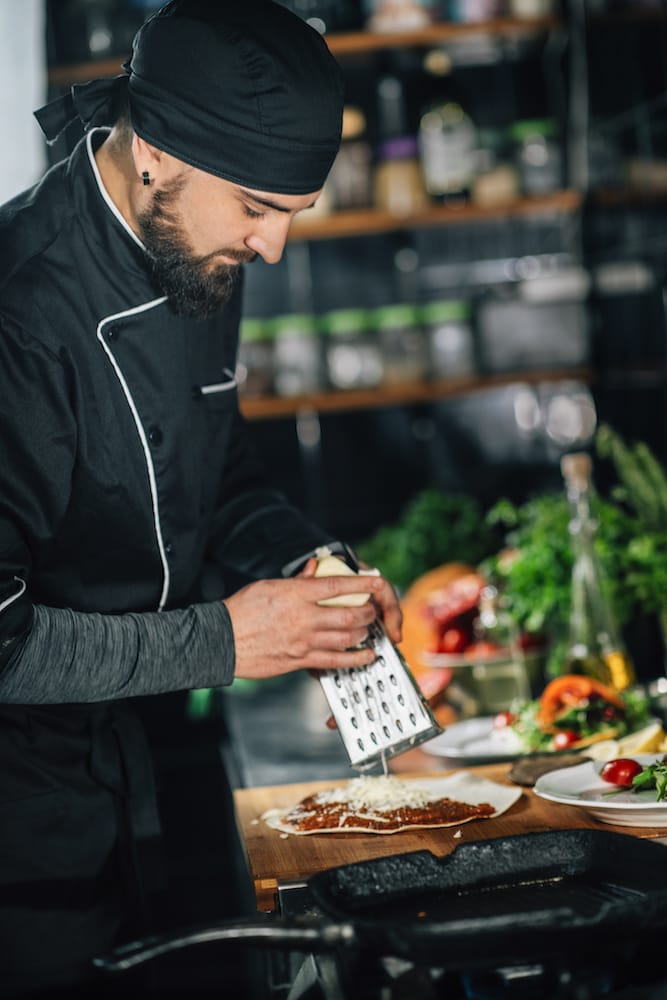When planning a special event, choosing the right menu can make or break the experience. Whether you’re hosting a wedding, corporate event, or family gathering, the right food can elevate your occasion. This guide provides essential tips for selecting a banquet menu that will delight your guests and ensure a memorable experience.
1. Understand Your Guest List and Preferences
Before selecting a banquet menu, it’s crucial to understand the preferences of your guests. Are you hosting a diverse crowd with different tastes? Do any guests have dietary restrictions or food allergies? Knowing your audience will help you make more informed choices when creating your menu.
2. Choose a Theme for Your Event
The menu should complement the overall theme and tone of your event. If you’re hosting a traditional Indian wedding, for example, you may want to choose a menu that features classic Indian dishes. If your event is more modern or corporate, opt for a menu that includes both elegant and casual options to cater to a wide range of tastes.
3. Select the Right Banquet Style
The banquet style can also influence your menu choices. Here are the main styles:
- Buffet: A self-serve style, perfect for larger events. Buffets offer variety and allow guests to try different dishes.
- Plated Dinner: Ideal for formal events. This style involves serving guests a set meal at their table.
- Family Style: A casual and interactive option. Large platters of food are placed on each table for guests to serve themselves.
Each banquet style requires careful menu planning to ensure all dishes are suitable for serving in that format.
4. Consider Seasonal Ingredients
Using fresh, seasonal ingredients not only enhances the flavor of your dishes but also ensures cost-effectiveness. Seasonal menus can also highlight the flavors of the time of year, offering your guests a unique culinary experience. If your event is during the winter months, consider warm soups or hearty stews. For summer events, lighter salads, grilled meats, and fresh fruits are excellent options.
5. Offer a Balanced Menu
A well-balanced menu should include a variety of dishes to appeal to all guests. This includes appetizers, main courses, side dishes, and desserts. Offering a selection of vegetarian, non-vegetarian, and vegan options ensures everyone is catered for. Popular options for the main course at an Indian restaurant could include butter chicken, lamb curry, and biryani.
6. Don’t Forget About Drinks
Your drink selection plays an important role in the overall banquet experience. Offer a variety of beverages, both alcoholic and non-alcoholic, to ensure every guest is satisfied. Signature cocktails or mocktails can add a special touch to your event. For non-alcoholic options, consider offering fresh juices, sodas, and sparkling water.
7. The Importance of Desserts
Desserts are often the highlight of the banquet meal. Offering a selection of sweet treats is a great way to end the meal on a high note. Traditional Indian sweets like gulab jamun, rasgulla, and jalebi are popular choices at Indian restaurant banquets. You may also want to include other dessert options such as cakes, pastries, or a chocolate fountain for added excitement.
8. Collaborate with Your Catering Service
Working closely with your catering service is essential in ensuring a successful banquet menu. A professional catering team can offer valuable insights into portion sizes, food pairings, and presentation. Be sure to discuss the flow of the event with them, so they can prepare the food in a timely manner. Their expertise will also help you avoid any mistakes in the menu selection.
9. Special Dietary Requirements
A good catering service will offer options to accommodate guests with dietary restrictions. Be sure to ask your guests about any allergies, intolerances, or special dietary needs. Offering gluten-free, dairy-free, or nut-free alternatives will show that you’re considerate of your guests’ health. Many Indian restaurants also offer Jain, vegan, or kosher options.
10. Consider the Venue and Kitchen Facilities
If you’re hosting your event at the best banquet hall, consider the venue’s kitchen facilities. Some banquet halls have in-house kitchens, while others may require you to bring in an external catering team. If the venue does not have extensive kitchen equipment, it may limit your menu choices. Discuss these factors with the venue management in advance to avoid any surprises on the event day.
11. Budget Considerations
Your budget will ultimately dictate your menu selection. While you want to offer a diverse and delicious range of dishes, you also need to stay within your budget. It’s essential to work with your catering service to create a menu that balances cost and quality. Opting for buffet-style service may be more affordable than a plated dinner, for instance. Ensure you factor in all additional costs, including drinks, appetizers, and desserts.
Conclusion
Selecting the perfect banquet menu requires a blend of thoughtful planning, creativity, and a deep understanding of your guests’ preferences. Whether you choose a traditional Indian feast or a more contemporary spread, the key is to offer variety, balance, and excellent presentation. Collaborating with the best banquet hall and an experienced catering service will ensure a seamless experience and make your event unforgettable.

 At vero eos et accusam et justo duo dolores et ea rebum.
At vero eos et accusam et justo duo dolores et ea rebum.
